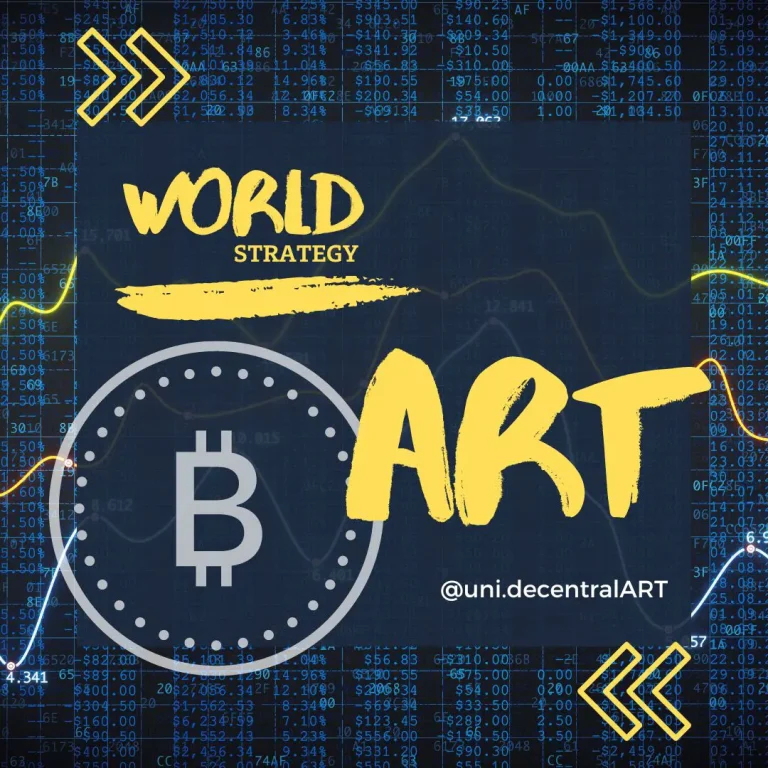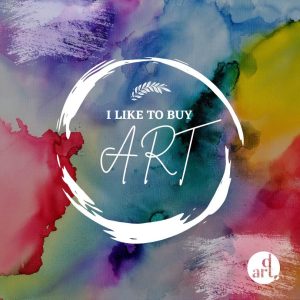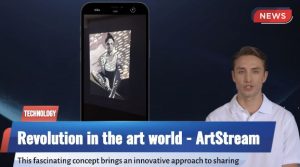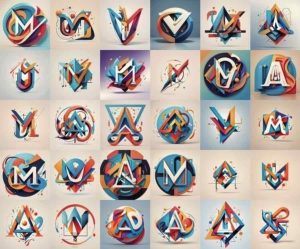Halving Bitcoin: A New Era for the NFT Art Market?

In the cryptocurrency world, few events generate as much excitement and speculation as the Bitcoin halving. But how does this key moment in the life cycle of the world’s most popular cryptocurrency impact the burgeoning NFT (non-fungible token) art market? In this article, we will explore past Bitcoin halvings, their impact on the cryptocurrency market, and potential implications for creators and collectors of NFT art.
History and Significance of Bitcoin Halving
The Bitcoin halving, occurring approximately every four years, is the process of halving the rewards for miners who validate transactions and add new blocks to the Bitcoin blockchain. This process is hardcoded into Bitcoin’s code to control inflation by limiting the supply of new coins. Previous halvings took place in 2012, 2016, and 2020, each preceding a significant rise in both interest and the price of Bitcoin.
Impact on the Cryptocurrency Market
Each halving has been followed by substantial increases in the value of Bitcoin. This rise often leads to increased interest in the broader cryptocurrency market, attracting new investors and raising awareness among the wider public. While immediate market reactions can be volatile, long-term trends show a clear increase in value.
Connection to the NFT Market
NFTs, unique digital tokens that can represent artworks, have gained popularity among artists, collectors, and investors. These tokens, usually bought and sold using cryptocurrencies like Ethereum, are closely tied to the cryptocurrency market. An increase in interest and value of Bitcoin often leads to heightened attention to other aspects of the crypto ecosystem, including NFTs.
Future Implications of the Halving for NFTs
With the upcoming Bitcoin halving, many wonder whether we will see a similar surge in interest and value in the NFT space. Several key factors to consider include:
- Increased Interest in Cryptocurrencies: The halving may attract new investors to the cryptocurrency market, which, in turn, could increase interest in NFTs as a form of art investment.
- Value Appreciation of Collections: As Bitcoin and other cryptocurrencies’ values rise, collectors might have more resources to invest in NFTs, potentially increasing the value of these artworks.
- Technological Innovations: Heightened interest could stimulate further innovations in blockchain technology, benefiting the NFT market by making it more accessible and secure.
Traditional Artists in the Digital Age
An important question arises: are traditional artists ready to digitize their works, including oil paintings and watercolors, and transfer them to platforms like uni.decentral-art.com?
Digitalizing Traditional Art
In the NFT era, traditional artists are presented with new opportunities. Transferring their works into the digital realm and transforming them into NFTs can not only increase their visibility in a global market but also open up new financial possibilities. Sites like uni.decentral-art.com allow artists to showcase and sell digital versions of their artwork.
Challenges and Opportunities
However, for many traditional artists, adapting to the digital world can be challenging. Considerations include:
- Authenticity and Uniqueness: How to maintain the uniqueness and authenticity of the original artwork while converting it into a digital token?
- Value of the Artwork: Will digitizing artwork affect its market value and perception in the traditional art world?
- Technical Aspects: Do artists have the necessary knowledge and tools to digitize and tokenize their works?
- Copyright Protection: How to ensure copyright protection in the digital world, especially in light of easy reproduction and distribution?
The Future of Traditional Art in the NFT World
Introducing traditional artworks to the NFT world could be a turning point for many artists. Platforms like uni.decentral-art.com offer not just a new distribution channel but also an opportunity to reach a global audience. Artists are presented with new ways to monetize their talent and creativity, and collectors gain access to a broader spectrum of art.
Conclusion
Are traditional artists ready for digitizing their works? The answer depends on various factors, including their openness to new technologies, the ability to adapt to the changing market, and the support they receive in transitioning to NFT platforms. Importantly, digitization does not have to mean the end of traditional art but can be a complement and a new form of expression in the digital era


